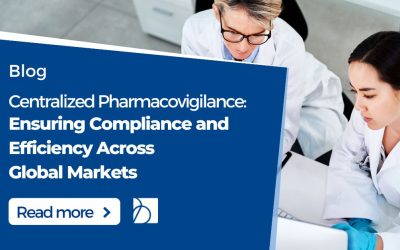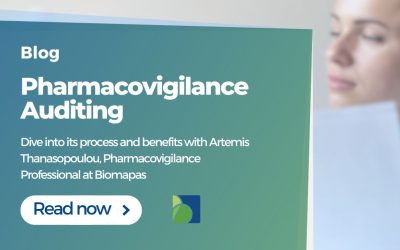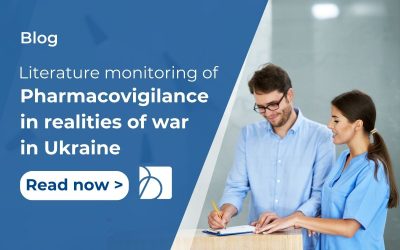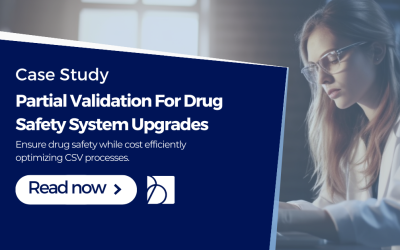The strategy of patient and public involvement
As the healthcare landscape changes rapidly and the pharma Industry is transforming according to patients needs and new technologies, all stakeholders should be aligned with the latest trends. Under this perspective, the Medicines and Healthcare Products Regulatory Agency (MHRA) recognizes the value of patients in the decision making and is adopting a more systematic approach to listen and involve them at every opportunity. MHRA has established a Strategy of Patient and Public Involvement to be in effect until 2025. This strategy includes the following main objectives:
1. Patient and public involvement.
MHRA will develop detailed procedures and create opportunities to ensure patient and public engagement. This objective aims to identify the gaps and provide means and possibilities for stakeholders who are not active members of patient groups, as well as under-represented groups and diverse communities to increase involvement and accurate measure the promising outcomes.
2. Responsiveness
To ensure that the delivered MHRA services meet the patient needs, MHRA will develop a new system and protocol based on the “patient and public voice”. The new processes will help maintain frequent reviews of high-risk issues, highlight the upcoming needs for specific patient group involvement and create one single point of contact to ease communication challenges for the public and patients.
3. Internal culture.
New systems, procedures and additional training will be introduced until mid-2022. These new tools will allow the current and future MHRA staff decisions to be more aligned to patients after evaluating the public’s perspective.
4. Measuring outcomes.
MHRA will establish a detailed patient outcome evaluation structure to measure the outcomes of the involvement results. It will give a more in-depth look into the effectiveness of the determined strategy, the progress of the MHRA culture change and highlight the missing activities and unrealized opportunities.
5. Partnerships.
A partnership initiative will take place up until the first quarter of 2022.
New partnerships within the health sector aim to improve patient engagement effectiveness and sharing of patient and public’s feedback. Various workshops, forums, and consultancy options will provide the MHRA with patients’ insights and partnerships will assist in creating wider network of similar patient insight sources to utilize this information in the best way.
Patient health is affected by numerous significant factors, such as possible personalized treatments, long-term disease control with minimal side effects and quality of life. Patient and public’s contributions and voice recognition can lead MHRA to develop more innovative solutions for the future of the health sector.











